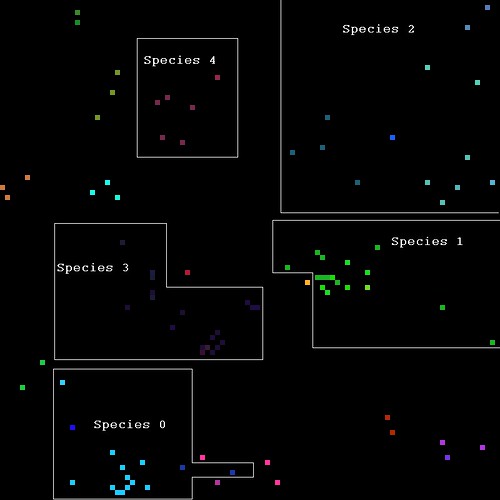MY THESIS IS FINISHED!!!!!!!!!!!!!!!
Handed it in just 10 minutes ago, 3 days early... well I have a mountain of other assignments to do
I'm going to wait 15 minutes (I'm not a drunkard so I'm waiting to pm...) and then i'll grab a beer from the fridge, 3pm I've got my last lecture and I want to make sure I'm drunk for that! Can't believe its done.
Stats:
20,000 words
2 Programs
14,500 lines of code
4.2GB of output information
>800 man hours
>10,000 computer hours! (running across 2 dozen computer for weeks on end adds up!)
11 draft copies
27 printed copies: 7 in colur, 20 in B&W
84 pages (compressed)
67 Sections and subsections
103 figures and tables
4 Appendices
5 packets of 16 tablet paracetamol
X hundred liters of tea and coffee
too many 18 hours days to shake a stick
5 X ~36 hour work stints with no break
A single 67 hour day split by a 4 hour sleep period
To many headaches, late nights, early starts, missed lunches, skipped lectures, skiing days missed
But hopefully there is a PHD lined up for me now!
Handed it in just 10 minutes ago, 3 days early... well I have a mountain of other assignments to do

I'm going to wait 15 minutes (I'm not a drunkard so I'm waiting to pm...) and then i'll grab a beer from the fridge, 3pm I've got my last lecture and I want to make sure I'm drunk for that! Can't believe its done.
Stats:
20,000 words
2 Programs
14,500 lines of code
4.2GB of output information
>800 man hours
>10,000 computer hours! (running across 2 dozen computer for weeks on end adds up!)
11 draft copies
27 printed copies: 7 in colur, 20 in B&W
84 pages (compressed)
67 Sections and subsections
103 figures and tables
4 Appendices
5 packets of 16 tablet paracetamol
X hundred liters of tea and coffee
too many 18 hours days to shake a stick
5 X ~36 hour work stints with no break
A single 67 hour day split by a 4 hour sleep period
To many headaches, late nights, early starts, missed lunches, skipped lectures, skiing days missed
But hopefully there is a PHD lined up for me now!




 )
) )
)